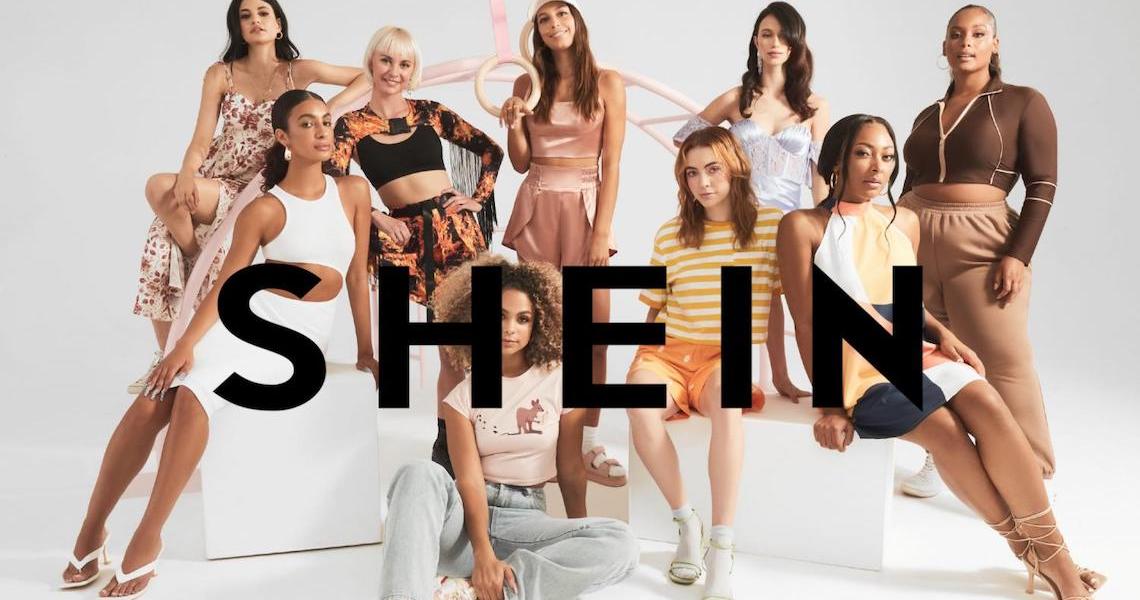On April 5, reports began to circulate that Shein, the massive Chinese fast-fashion company, is raising funds and has a new valuation: an eye-popping $100 billion.
Shein is not only dominating the fast-fashion category, but it also dwarfs most private companies in the world. It’s been widely reported that it’s now worth more than Zara and H&M combined, and its valuation ties it with Elon Musk’s space exploration company SpaceX. The 14-year-old company’s revenues have grown at a rate of 57% per year, while top-growing competitors like 20-year-old Asos hover around 20%, according to data from Coresight Research.
The meteoric rise of Shein raises questions about the narrative of “fast fashion.” Many companies, even ones that practically invented the idea of fast fashion like H&M, have shunned the term for its association with wastefulness and poor labor practices. And industry analysts have said the growing demand for sustainable brands means fast fashion’s business model soon won’t be viable. Fast fashion companies that have seen sales declines — like H&M and Boohoo, the latter of which hit a five-year low in 2021 — have suggested there may be some truth to that idea. But Shein’s rapid rise calls such notions into question.
“Sadly, wasteful fast fashion is still very popular,” said Mike Schade, director of Mind the Store, a retail-focused program under the environmental non-profit organization Toxic-Free Future. “These cheap products come at an extremely high price to our health, environment and society. Clothing and other textiles are commonly made with and release highly hazardous chemicals such as PFAS and phthalates. These can have serious impacts, especially on the communities and workers where they are made.”
Shein is, in many ways, the epitome of fast fashion. Its prices are dirt-cheap, even compared to the most affordable competitors. In a current flash sale on Shein’s site, some pieces of jewelry are selling for less than 50 cents. Even Shein’s cheapest competitor, Fashion Nova, sells its jewelry for at least $4 at even its steepest discounts. Fashion Nova puts out 600-900 new styles a week, while Shein releases up to 4,000. H&M, meanwhile, is planning on price increases to make up for flagging sales in the first quarter of 2022, according to its more recent earnings call.
Shein also offers free shipping at a low threshold of $49 and a generous free return policy. That’s led to the TikTok trend of #sheinhaul, where users order mountains of cheap products, try them all on, showcase them and send back the unwanted items. The hashtag #sheinhaul has nearly 5 billion views as of April 8.
Data on Shein’s marketing spend shows that, while Gen Z makes up the bulk of its target audience, it isn’t the only segment the brand is going after. Women ages 18-24 make up a plurality of its target audience in social ad spend at around 44%, and 25- to 34-year-olds make up another 20%, according to data provided by brand analytics platform BrandTotal.
Ad position: web_incontent_pos1
Alon Leibovich, CEO and co-founder of BrandTotal, said Shein is “spending considerable dollars in social media ads and outpacing its rivals.” On TikTok, Shein has nearly 4 million followers and 27 million likes on its videos.
Leibovich also noted that the data only covers the paid ads Shein is buying from platforms. “Though Shein isn’t spending on YouTube ad units, it’s very likely paying influencers to do try-on hauls,” he said. Shein did not respond to requests for comment on this story. Major YouTube stars have posted videos showcasing Shein products. James Charles’ post has 5 five million views.
Shein’s popularity with Gen Z clashes not only with what analysts say young customers want, but what Gen-Z shoppers themselves report in surveys. For example, a 2021 DoSomething survey of Gen-Z shoppers found that 75% of them preferred to shop from ethical and sustainable brands. But a Vogue Business survey from last year showed that more than half of Gen-Z respondents bought their clothes primarily from fast-fashion companies like Shein.
Shein has acknowledged it should pay at least some lip service to the environment, hiring its first head of sustainability last December, which earned mixed reactions.




